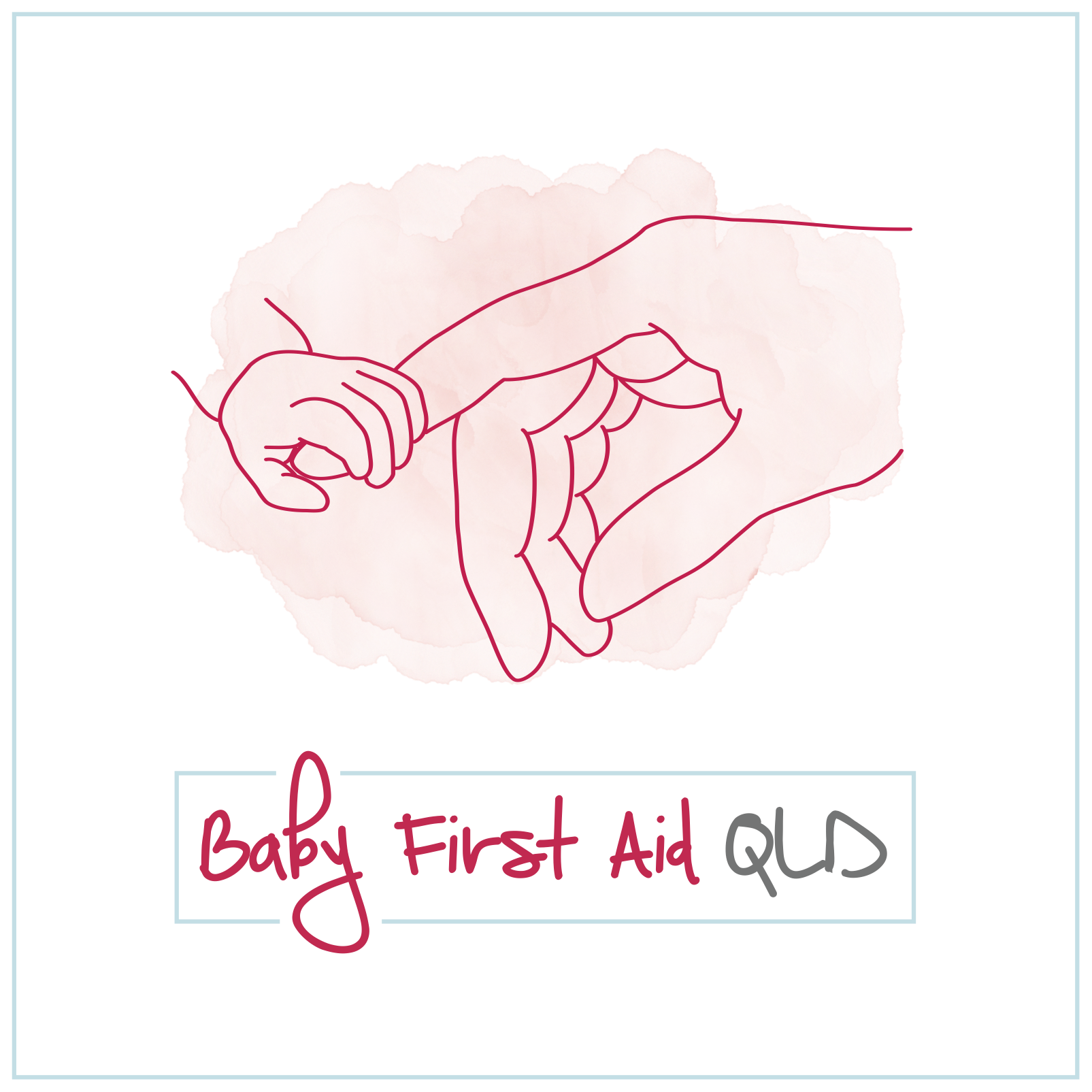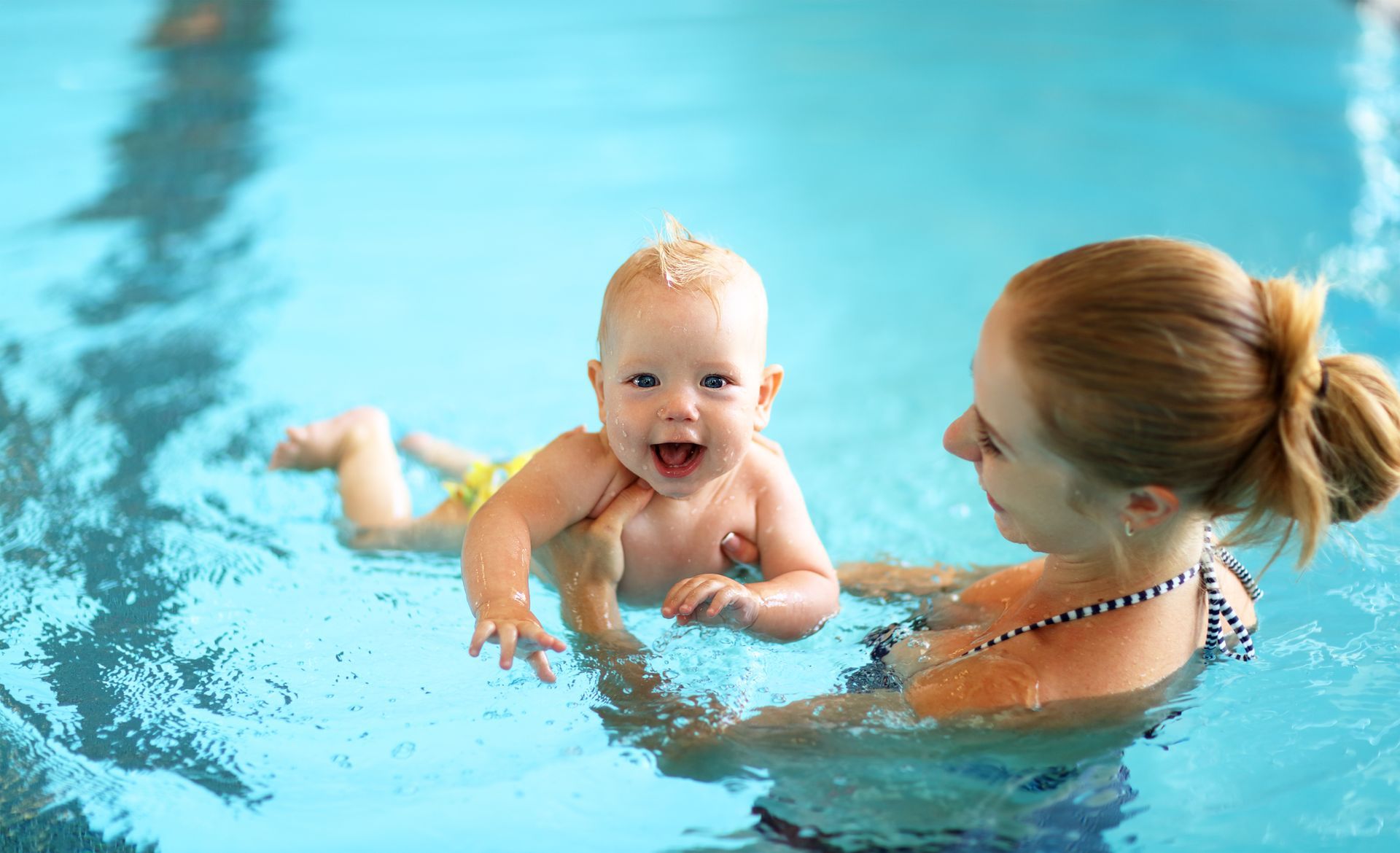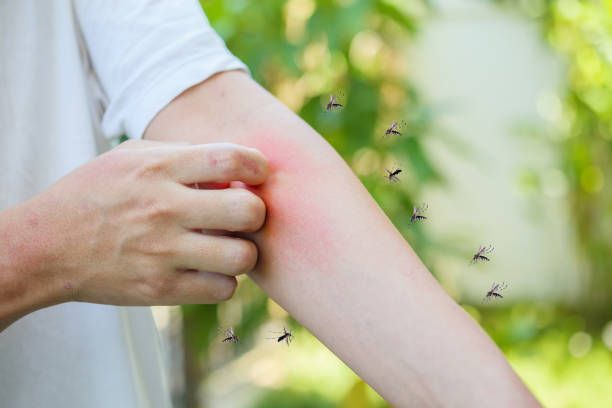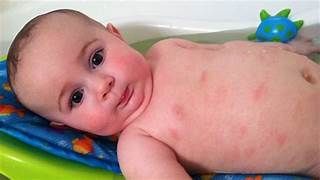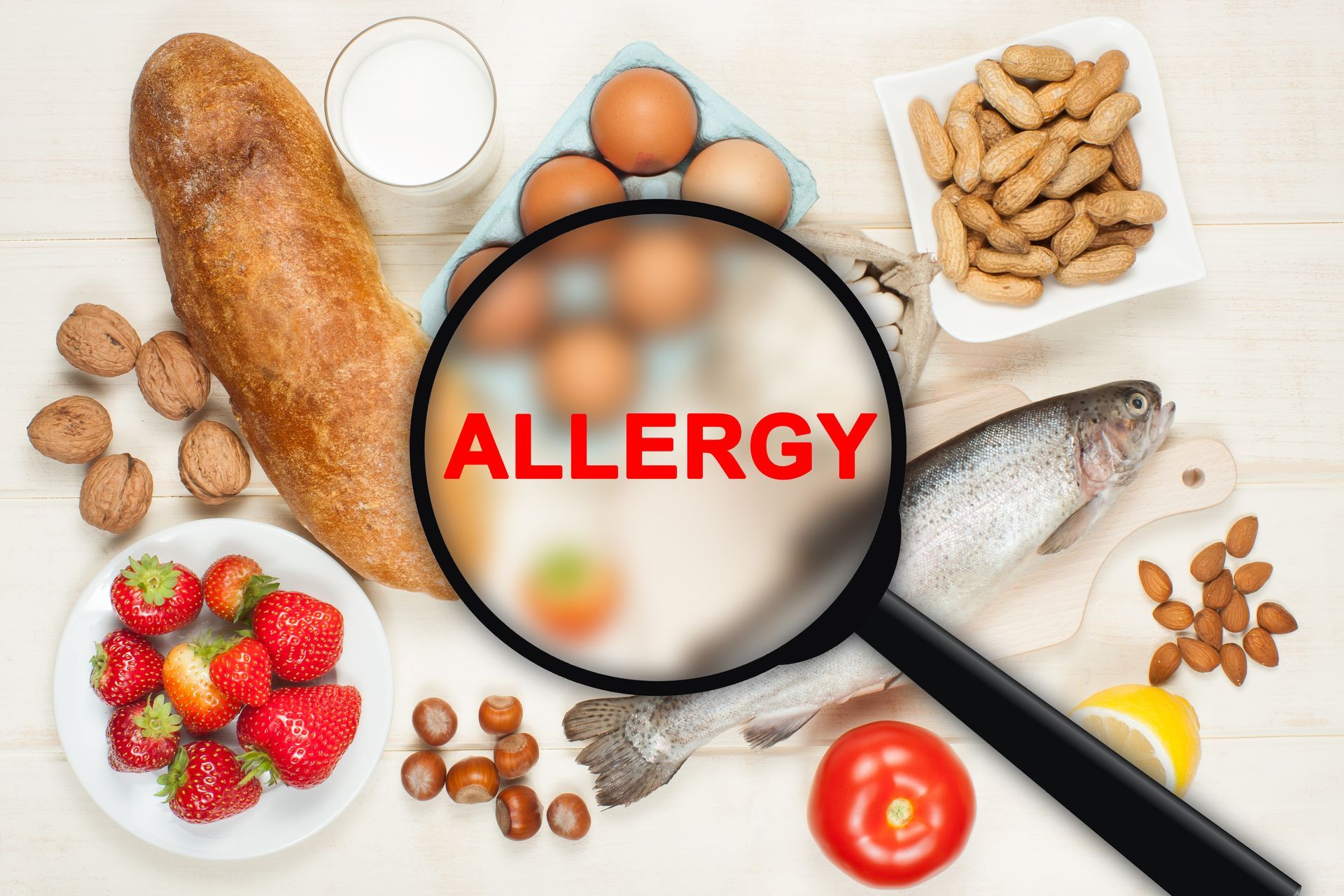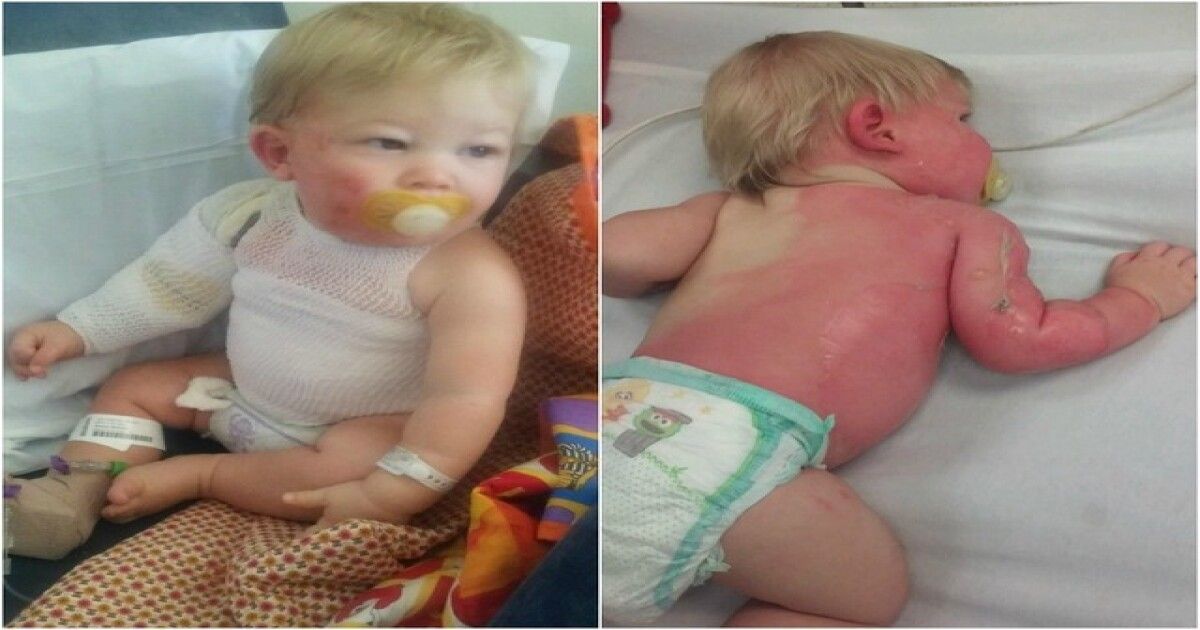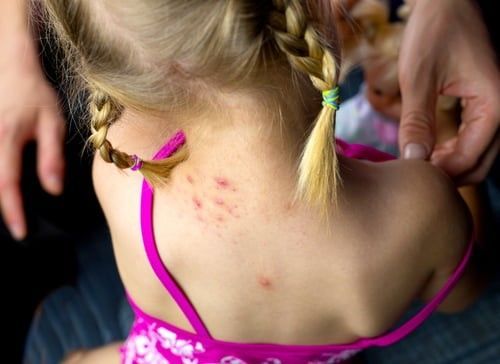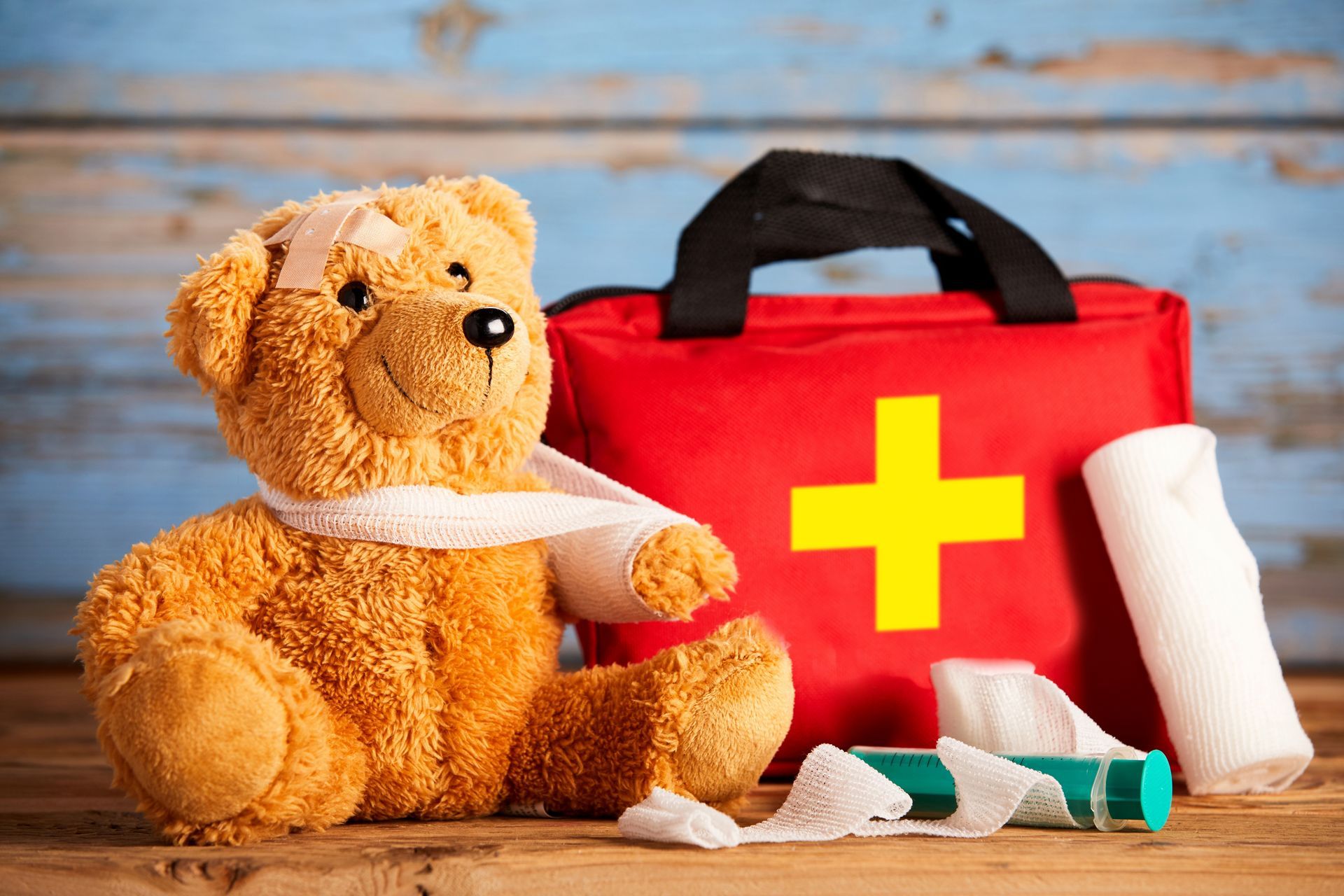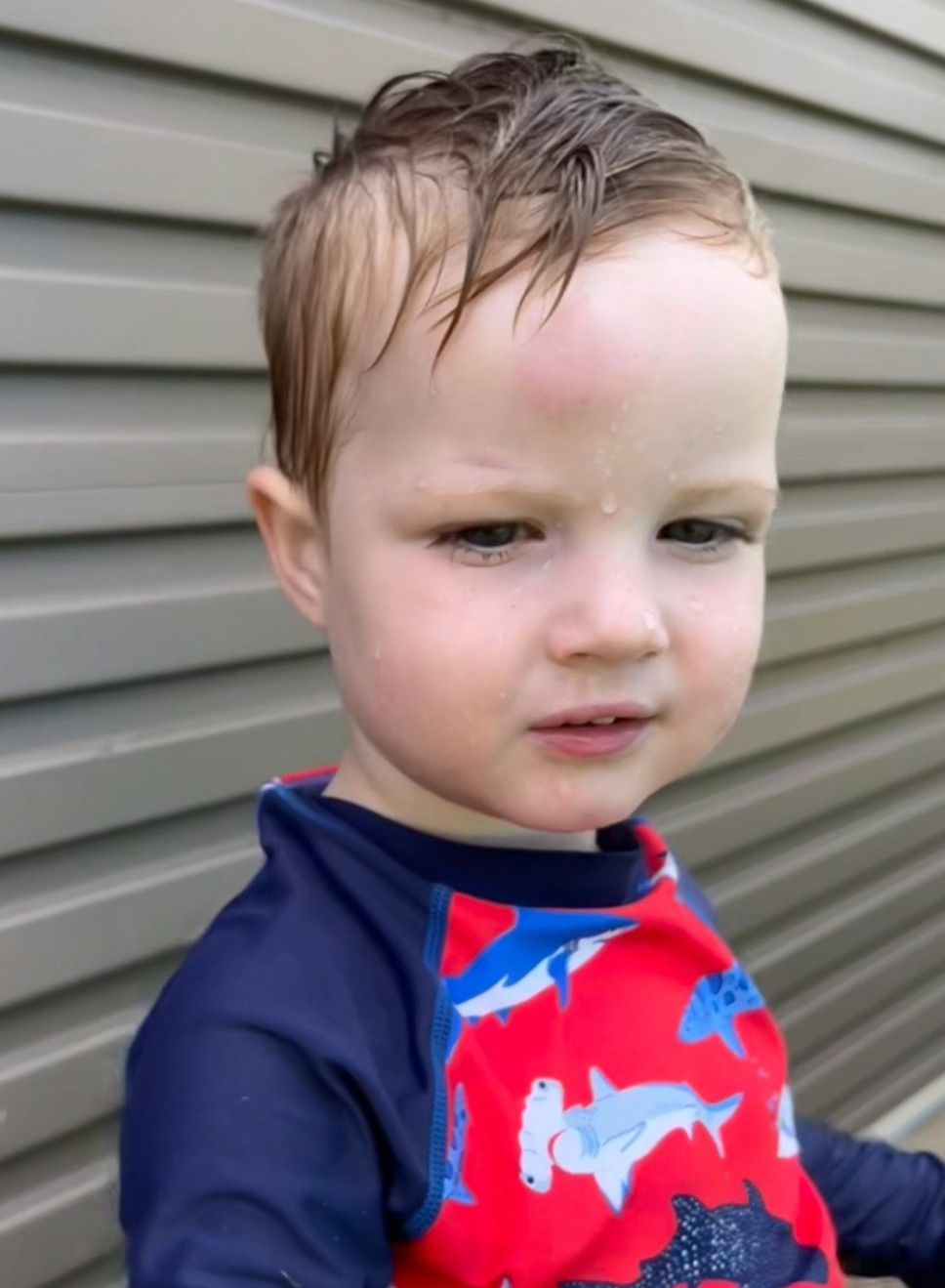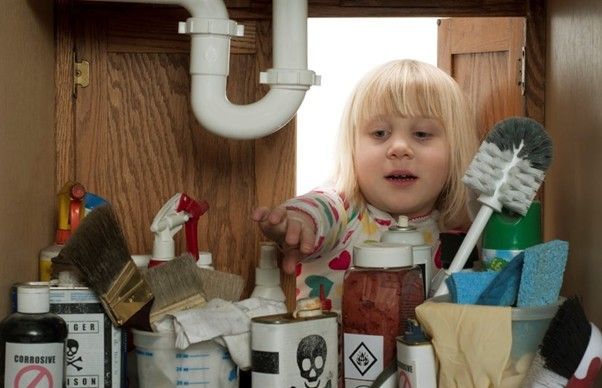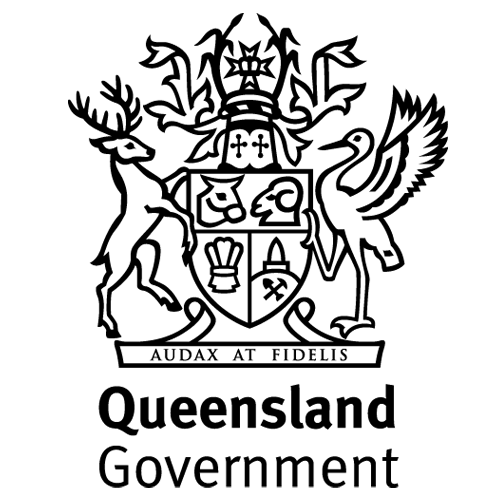Fever Management 101: Safe Use of Paracetamol and Ibuprofen for Infants and Children
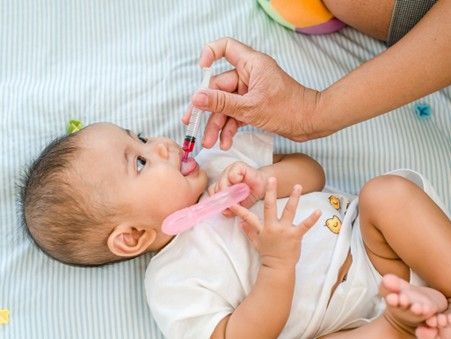
A fever can be one of the most worrying symptoms for parents. Your child feels hot, flushed, and uncomfortable, and your instinct is to bring the temperature down fast. But fever isn’t always the enemy. It’s the body’s natural response to infection and often means the immune system is doing its job. Still, there are times when fever management is important to keep your child comfortable and hydrated. Understanding how to safely use paracetamol and ibuprofen is key.
Understanding Fever
A fever is generally defined as a body temperature above 38°C. For most healthy children, a mild fever doesn’t need medication, it’s the body’s way of fighting germs. What matters more than the number on the thermometer is how your child is acting. If they’re alert, drinking fluids, and playing, there’s often no need to treat the fever.
However, if your child is uncomfortable, in pain, or refusing fluids, it’s appropriate to use fever-reducing medicine.
Paracetamol vs Ibuprofen — What’s the Difference?
Both paracetamol and ibuprofen can help reduce fever and relieve pain, but they work in different ways:
- Paracetamol (brands like Panadol, Dymadon) reduces fever and pain by acting on the brain’s temperature centre.
- Ibuprofen (brands like Nurofen, Advil) reduces inflammation as well as fever and pain. It can be especially helpful for sore throats, ear infections, or muscle pain.
Key difference: Ibuprofen should be given with food or milk to protect the stomach, and it’s not recommended for children who are dehydrated or have certain medical conditions like asthma (check with your GP first).
Safe Dosing — It’s All About Weight
Never guess your child’s dose based on age alone — always use their current weight to calculate the right amount.
Paracetamol
- Usual dose: 15 mg per kg
- Given every 4–6 hours as needed
- Maximum: 4 doses in 24 hours
Ibuprofen
- Usual dose: 10 mg per kg
- Given every 6–8 hours as needed
- Maximum: 3 doses in 24 hours
Always check the medication label for concentration (e.g. 120 mg/5 mL or 200 mg/5 mL) this changes the volume you’ll give. Use the measuring syringe provided to ensure accuracy.
Example:
If your child weighs 12 kg:
- Paracetamol dose = 12 × 15 = 180 mg (≈7.5 mL of 120 mg/5 mL liquid)
- Ibuprofen dose = 12 × 10 = 120 mg (≈3 mL of 200 mg/5 mL liquid)
Never exceed the recommended daily limit and avoid giving both medications at the same time unless directed by a healthcare professional.
Common Myths About Fever
- “Fevers must always be treated.” False - only treat if your child is uncomfortable.
- “A higher fever means a more serious illness.” Not always. The child’s behaviour and other symptoms are better indicators.
- “Alternating paracetamol and ibuprofen is safest.” This is not routinely recommended, it can lead to dosing errors. Use one at a time unless advised otherwise.
When to Seek Medical Help
Call your doctor or 000 if your child:
- Is under 3 months old with a fever above 38°C
- Is very drowsy, pale, or floppy
- Has breathing difficulties or a persistent rash
- Shows signs of dehydration (dry lips, no tears, fewer wet nappies)
The Bottom Line
Fever is a normal part of childhood, but it’s important to know when and how to step in safely. Using paracetamol or ibuprofen correctly can help your child rest and recover comfortably, while you stay calm and confident.
For more information:
https://www.rch.org.au/kidsinfo/fact_sheets/Fever_in_children
Disclaimer: The health information provided is for informational purposes only and is not intended to be a substitute for professional medical advice, diagnosis, or treatment. Always seek the advice of a qualified healthcare provider with any questions you may have regarding a medical condition.
